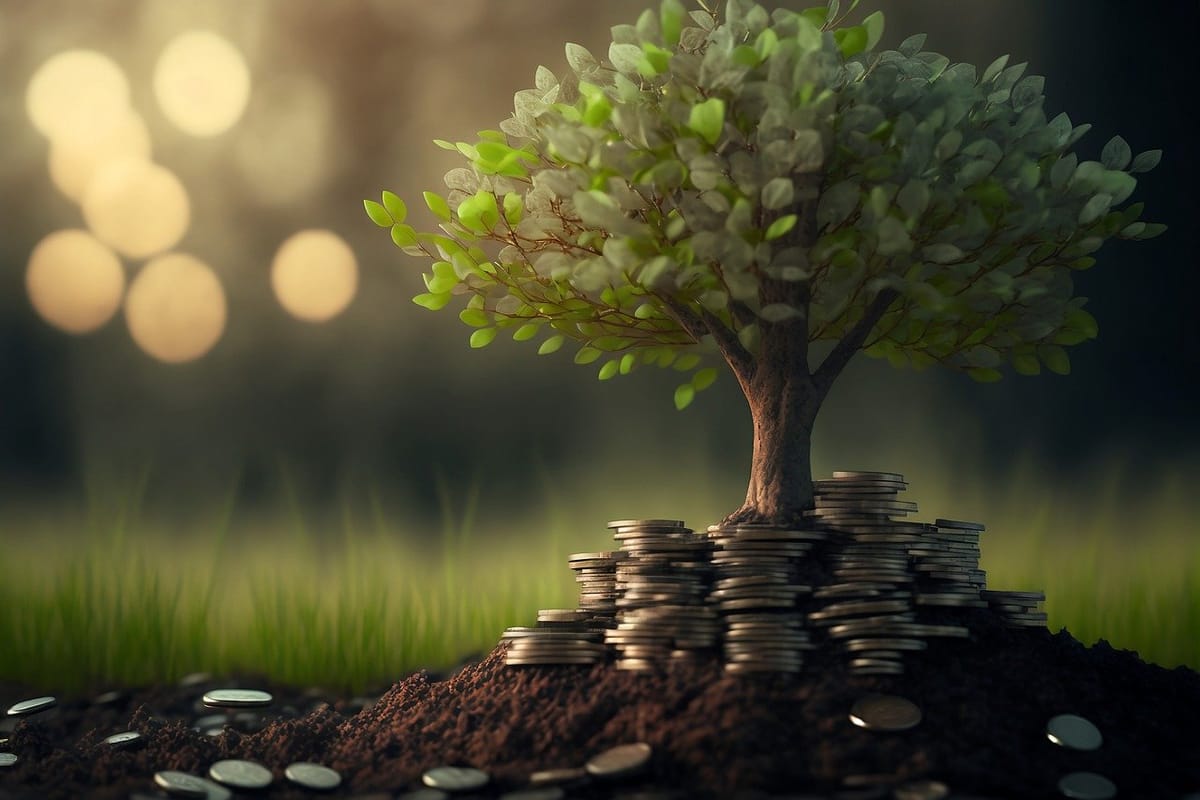What is economic analysis? 🌎
It's a question that should be at the forefront of every CFO's mind. Yet, some are still unsure about what economic analysis is and what it involves.
This guide explains economic analysis: what it is, why it matters, and how to do it.
Table of contents:
- What is economic analysis?
- Economic base analysis: A key tool for CFOs
- Methods of economic analysis
- Examples of economic analysis
- Mini case study (inflation projections)
What is economic analysis?
The purpose of economic analyses is to provide a systematic approach for evaluating the costs, benefits, and impacts of economic decisions.
Often, the best way to do this is by ranking projects based on their economic viability, which will help you choose the most beneficial option.
Economic base analysis: A key tool for CFOs
Economic base analysis helps CFOs understand what drives a local economy. It looks at which industries bring money into a region from outside sources. These are usually businesses that export goods or services. It also looks at businesses that serve local needs.
By comparing these sectors, you can spot good times to grow and possible risks. For instance, a town that depends on one big business could be in trouble if things change.
This helps you to make smart choices about spending, expanding, or trying new things. It's a useful tool to see how a company fits with the local economy.
Join FP&A leaders on Nov 5 in London to explore the future of finance, exchange ideas, and build valuable connections. Secure your ticket now!

What are the methods of economic analysis?
There are a range of different methods of economic analysis, but two are seen as the primary methods: Deductive and Inductive.
Deductive method: Starts with a general principle or theory and tests it with specific observations.
Inductive method: Starts with specific observations and uses them to form a general hypothesis or theory.
Let’s unwrap each method in more detail:
1. Deductive method
This method involves moving from general principles to specific conclusions. It's often associated with theoretical economics.
According to the Unacademy, this method requires the person (or persons) to “assume the factual information and then follow the phase of logical reasoning to arrive at a concrete result or conclusion.” A theory is then built on those assumptions.
Steps:
- Formulate a hypothesis based on existing economic theory.
- Use logical reasoning to deduce implications or predictions.
- Test these predictions against real-world data.
2. Inductive method
This method involves drawing general conclusions from specific observations. It's often used in empirical economics.
Steps:
- Observe specific economic phenomena.
- Collect data related to these phenomena.
- Analyze the data to identify patterns and trends.
- Formulate general economic theories or principles based on the findings.

Examples of economic analysis: How to measure it
CFOs are key to shaping a company's financial strategy, which directly impacts its economic health.
The steps of performing an economic analysis usually take the form of something like this:
- Define the goal: Clearly define what you want to achieve with the analysis.
- Consider uncertainties: Identify potential factors that could affect the outcome and create a list of these assumptions.
- Explore alternatives: Determine different approaches or solutions.
- Analyze Costs and Benefits: Evaluate the advantages and disadvantages of each option.
- Compare choices: Assess the options and compare alternatives based on their costs and benefits.
- Test assumptions: Carry out sensitivity and uncertainty analyses to analyze how changes in factors might impact the results.
- Present findings: Summarize the results and recommend a course of action.
You might want to incorporate other approaches to your ecomonic analysis process. Here are some of the common ways you can do this:
1. Microeconomic and macroeconomic analysis
Microeconomic analysis: Looks at specific markets and how consumers and businesses behave. It covers:
- Supply and demand
- Pricing
- Production
- Consumption patterns
Macroeconomic analysis: Studies the entire economy. Key areas include:
- GDP
- Unemployment
- Inflation
- Overall economic growth
2. Financial ratio analysis
Financial ratio analysis is a way to check a company's health by using numbers from its financial reports. Key numbers include how well the company can pay its bills (liquidity), how much it earns (profitability), and how much it owes (leverage).
3. Cost-benefit analysis (CBA)
Cost-benefit analysis weighs up the potential costs and benefits of a project or decision to see if it's worth doing and how much it could make.
4. Scenario and sensitivity analysis
Scenario analysis involves evaluating different future scenarios to understand potential impacts on the company, while sensitivity analysis shows how changing key factors affect results.
5. Net Present Value (NPV) and Internal Rate of Return (IRR)
NPV and IRR are ways to figure out if an investment is worth it. NPV adds up future money, adjusted for today's value, and subtracts the upfront cost. IRR is the percentage return the investment needs to make to break even.
6. Benchmarking
Benchmarking involves comparing a company’s performance metrics with industry standards or competitors to identify areas for improvement and set performance goals.
7. Economic value added (EVA)
EVA shows how much extra a company makes beyond what investors expect. It's the profit after taxes and other costs, minus the money it costs to run the business.
8. Trend analysis and forecasting
Trend analysis examines historical data to identify patterns and trends over time, while forecasting uses this information to predict future financial performance.
9. Risk and uncertainty analysis
Risk and uncertainty analysis helps CFOs understand what could go wrong with economic decisions. It looks at things like:
- Market ups and downs
- Economic cycles
- Unexpected events
This helps predict how these factors might affect business outcomes.
10. Behavioral economics
Behavioral economics looks at how our thoughts, feelings, and social lives affect our money choices. It shows that we don't always make decisions like the old money books say.

Case study: How a CFO might carry out analysis based on inflation projections
According to the International Monetary Fund’s economic outlook update, inflation is projected at 3.1 percent in 2024 and 3.2 percent in 2025. With this information, a consumer goods company CFO could use this info to plan their budget and strategy by:
- Adjusting prices to keep up with inflation
- Reviewing supplier contracts and costs
- Planning for higher operating expenses
- Considering how inflation might affect consumer spending
- Exploring ways to improve efficiency and cut costs
This approach helps the CFO prepare for the expected economic changes.



 Follow us on LinkedIn
Follow us on LinkedIn




